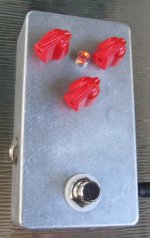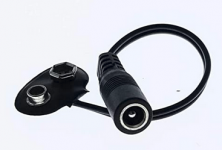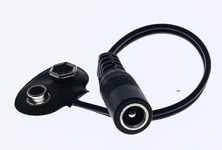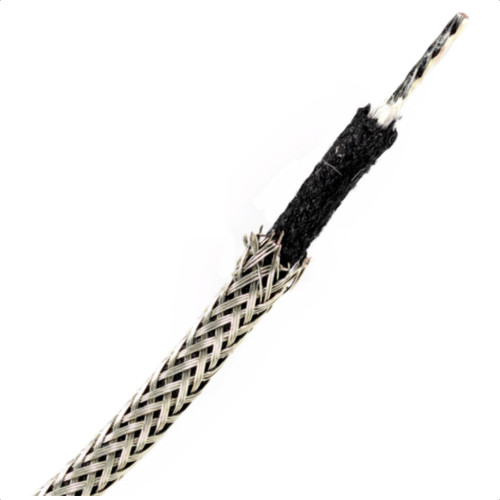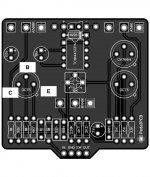joelorigo
Well-known member
I ordered the Kilimanjaro Fuzz PCB over the weekend. I haven't been to picky about the type of parts I have used but I was wondering since this is such a small number of parts an apparently such a finicky circuit, should I try to use more upgraded parts or maybe what they had available back in the 60's? I have been using metal film resistors and various film caps.
The doc says 2 OC75 transistors and one CV7004 but in this circuit is it more about the gain and leakage than the specific transistor?
EDIT: Do regular size chicken head knobs fit on the Tayda 3-hole PedalPCB pre-drileld enclosures without bumping in to each other?
The doc says 2 OC75 transistors and one CV7004 but in this circuit is it more about the gain and leakage than the specific transistor?
EDIT: Do regular size chicken head knobs fit on the Tayda 3-hole PedalPCB pre-drileld enclosures without bumping in to each other?
Last edited:

